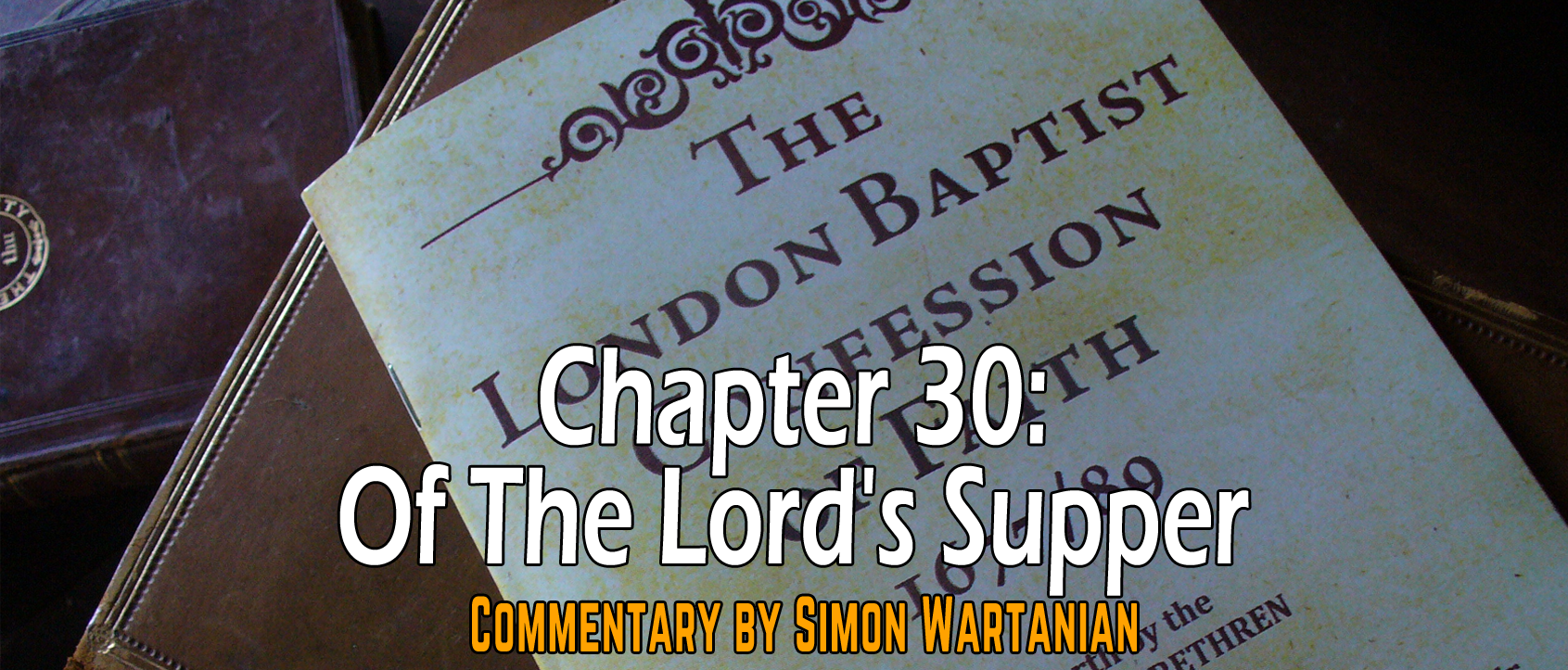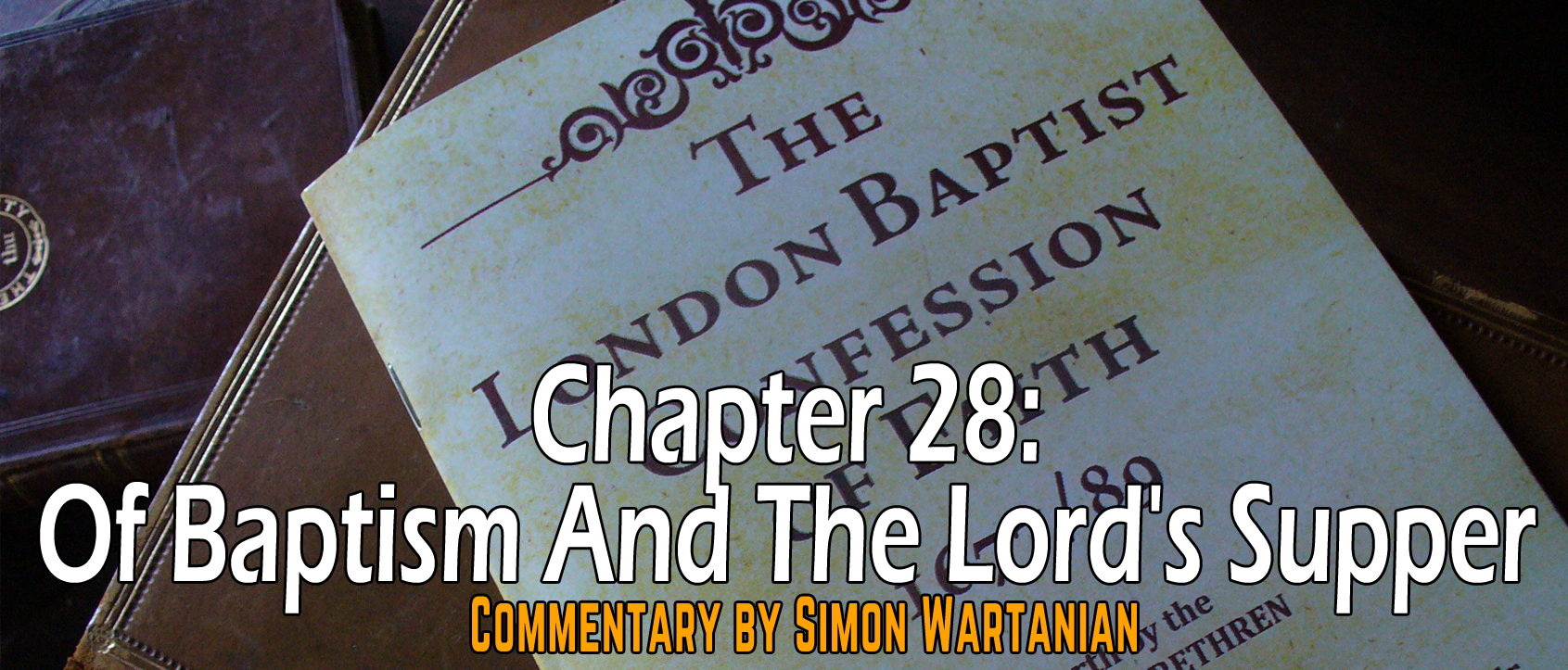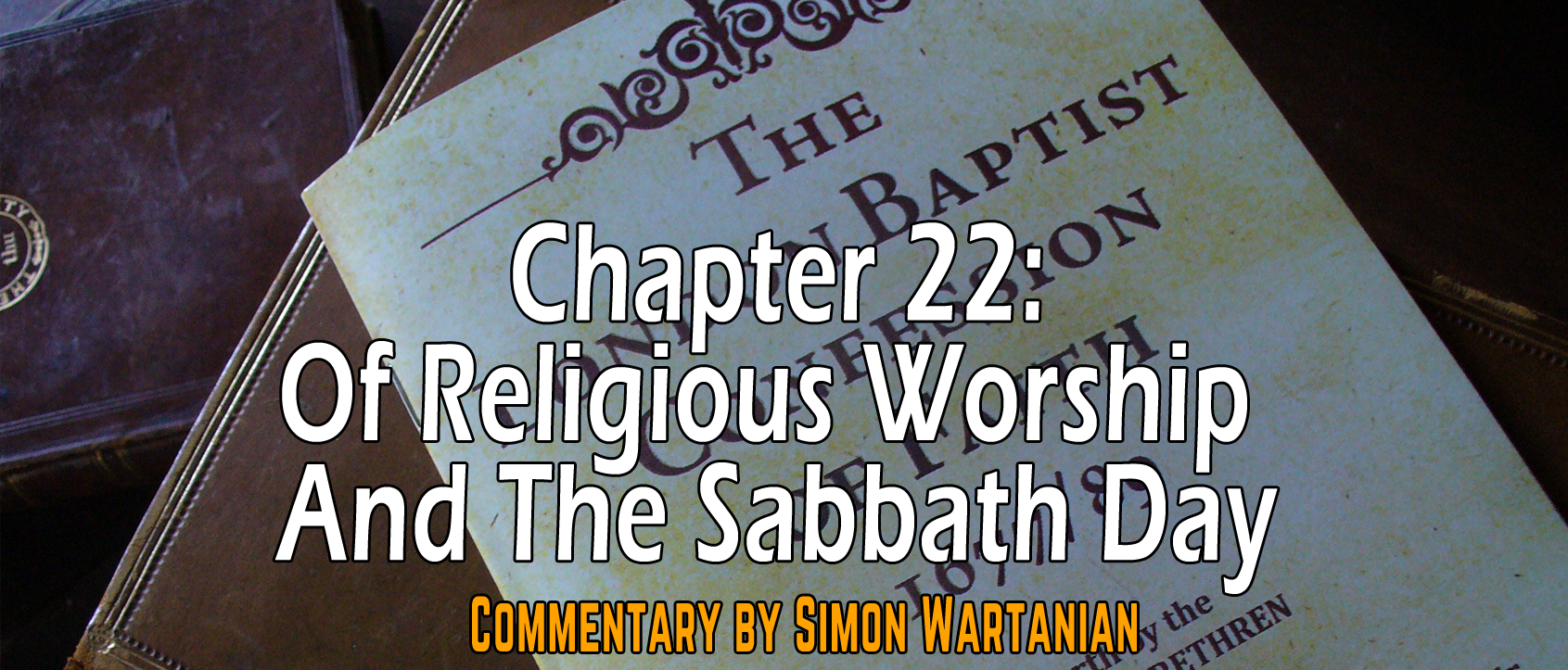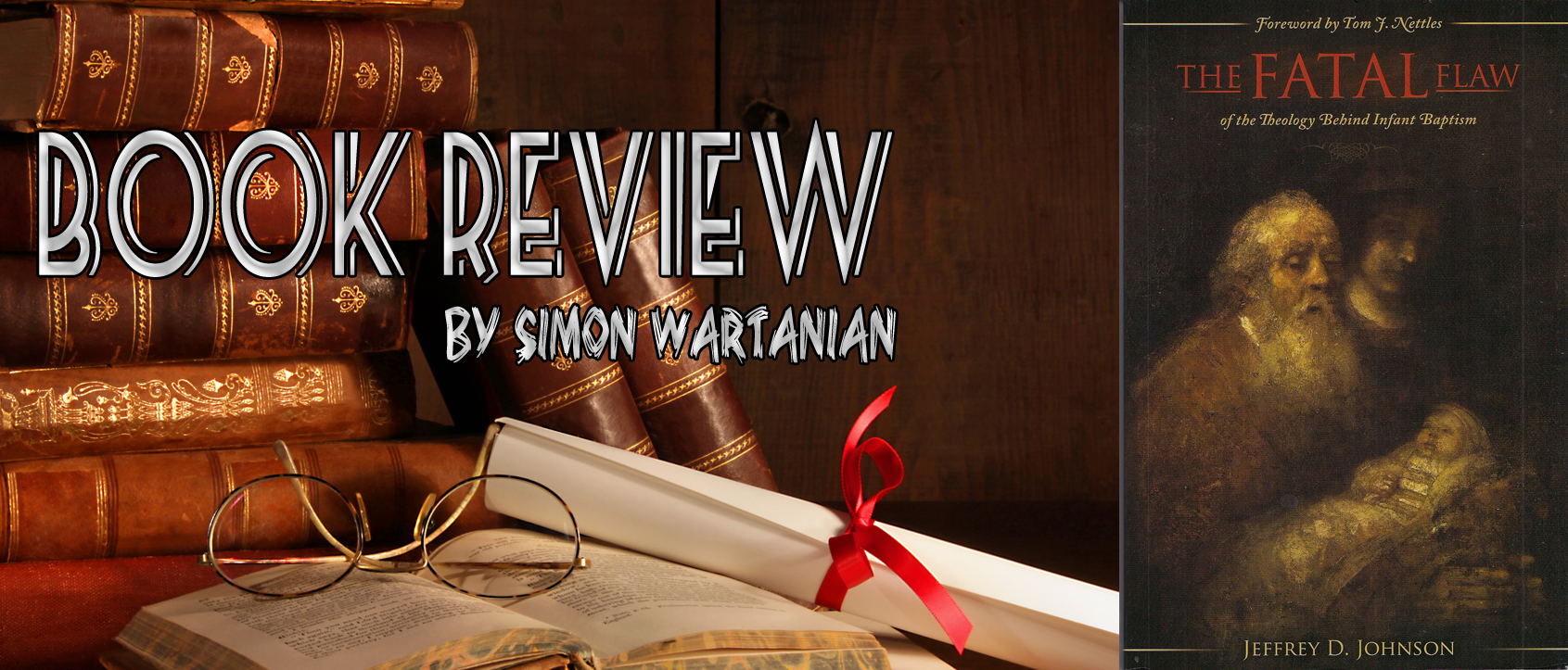Benjamin Coxe, the father of Nehemiah Coxe, one of the framers of the Confession, observed the four following things on 1 Corinthians 10:16-17:
1. True believers rightly receiving this Holy Sacrament, are thereby assured of their partaking of the benefits of Christ’s death.
2. All they who do outwardly receive this Sacrament do therein make an outward profession of receiving Christ crucified, and partaking of the benefits of Christ’s death.
3. This Sacrament does teach and assure all true believing communicants, that they being many persons, are yet one mystical body, because they are all partakers of one and the same Jesus Christ, of whose body the bread is an ordained token and pledge in this Sacrament.
4. They who join together in outward receiving of this Sacrament do both join together in the profession of the same faith in Christ, and also do profess themselves to be (in the judgment of charity, which they now mutually profess concerning each other) fellow members of the same mystical body, as being all fed with the same spiritual food.[3]
That it is a sign of union with the brethren is also shown from the context wherein it is celebrated. The Lord’s institution said, “Do this in remembrance of me” (Luke 22:19). But it does not specify either place, frequency, or context. Place we can discard quickly as there is no special holiness to a specific place. Frequency is not under discussion here. What we are left with is the context. By this, I mean the setting wherein it is celebrated. In the New Testament, it is clear that it was celebrated with the believers among their gathers. For example, we read of the 3000 converts from Pentecost joining the church in devoting “themselves to the apostles’ teaching and the fellowship, to the breaking of bread and the prayers” (Acts 2:42). A few verses later, it is said, “And day by day, attending the temple together and breaking bread in their homes, they received their food with glad and generous hearts” (Acts 2:46). Notice that the Lord’s Supper is here celebrated at home, which is no problem at all because homes were the buildings where Christians met. But the context is not merely a family meal, but a covenantal meal with the people of God. It was not a private Mass or communion. If we look further in Acts, we see the church at Troas was “gathered together to break bread” on the Lord’s Day as if that was the purpose why they gathered (Acts 20:7). To another church, Paul says, “Do you not have houses to eat and drink in?” (1 Cor. 10:22). Therefore, this was not merely a normal meal. When the apostle Paul writes to the church at Corinth, he makes clear that the Lord’s Supper was being celebrated in the context of the gathered church.
1 Cor. 11:17-18, 20 But in the following instructions I do not commend you, because when you come together it is not for the better but for the worse. 18 For, in the first place, when you come together as a church...20 When you come together, it is not the Lord’s supper that you eat.
1 Cor. 11:33 So then, my brothers, when you come together to eat, wait for one another—
They were so mi...



